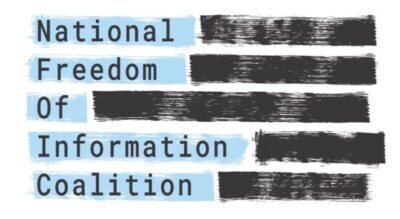From President Obama’s first day in office, he has established himself as the first open data president. On day one, he issued a memorandum to create an “unprecedented level of openness in government” and affirmed that information collected and used by the federal government is a national asset. In the nearly six years Obama has been in office, he has taken a series of executive actions to further the ideal of open government through data, and there is still much to be done. With the presidential election season just around the corner, it remains to be seen if the progress made over the past few years will continue in future administrations, or if President Obama will be the last open data president.
President Obama’s initial memorandum served as the framework for the Administration’s Open Government Directive launched in December 2009, which requires federal agencies to adhere to three main tenets: publish government information online, improve the quality of government information, and create and institutionalize a culture of open government. The directive established specific goals and milestones for making high-quality government data accessible to the public. For example, in the first 45 days after the directive was created, agencies were required to identify and publish three previously unavailable, high-value data sets via Data.gov, which was launched in May 2009 by the Federal Chief Information Officer. Importantly, many of the requirements of the directive are ongoing processes, such as a requirement for agencies to update and publish an Open Government Plan every two years, ensuring that the commitment to open data becomes ingrained in government agency culture.
Recognizing that simply publishing government data online was not sufficient for making the data valuable, President Obama issued an executive order in May 2013 which required government data to be published in an open and machine readable format by default. Publishing machine readable data not only helps government agencies fulfill their Open Government Directive requirements more completely, but it also allows the data to be more easily searched and analyzed by the public. With open license to use and reuse this data, the range of organizations that can access, analyze, share, and derive value from this data broadens dramatically. The White House Office of Science and Technology Policy released its Open Data Policy in conjunction with this executive order to establish good data management practices throughout the data lifecycle, such as enhancing information safeguards and clarifying information management responsibilities. Continue>>>
======
